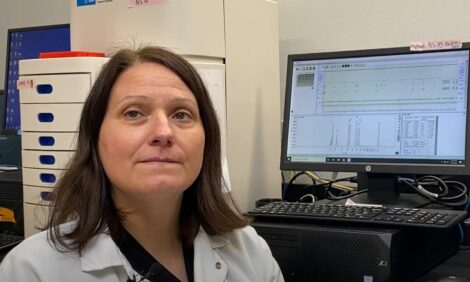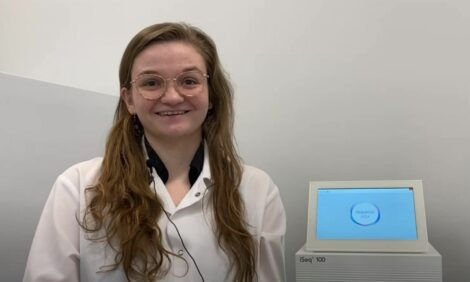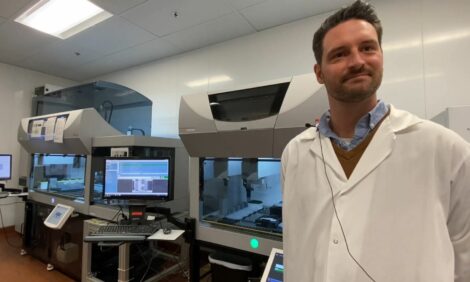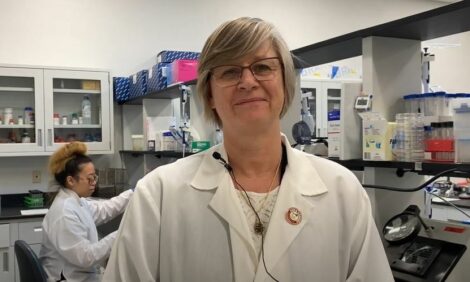



ARM & HAMMER research is progressing our understanding of the microbiome
Genome sequencing data is helping to evolve microbial ecologyPart of Series:
< Previous Article in Series Next Article in Series >
Joshua Rehberger, microbial ecology scientist at ARM & HAMMER Animal and Food Production, spoke about the evolution of microbial ecology with Global Ag Media’s Sarah Mikesell at the ARM & HAMMER’S ScienceHearted Center.
“Microbial ecology has changed quite a bit over the years. We started with band-based methods that were really suited to look at the most predominant members of the microbiome and really struggled with throughput,” said Rehberger. “Then, we moved to quantitative PCR which relies on specific targets and a prior understanding of those microbiomes. This is a little more friendly for throughput but is limited by our understanding of the community to begin with. More recently, we've switched to sequencing, which allows us to get a much deeper look into the microbiome without needing any prior understanding.”
What is the microbiome?
“The microbiome is the collection of microorganisms in an environment - bacteria, fungi and archaea,” he said. “For us, it's usually in the gastrointestinal tract of food production animals. Those organisms are important in establishing the health of the animal through immune interactions and establishing the correct microbiome for the health of the animal.”
The microbiome can impact the health of the animal in a number of ways. The correct microbiome will speed up the immune development of an animal in a way that can positively increase performance. It can also help to exclude pathogenic organisms.
Understanding the microbiome
Rehberger said the industry is still in a learning phase with the poultry and pig microbiomes. Using animal models, the team at ARM & HAMMER looks at the microbiome to determine the best succession for peak performance of an animal.
“It's really about generating more data, starting by covering more samples and looking deeper within the microbiome inside those communities,” he said. “Generating more data helps us learn about and understand the communities in a deeper way and allows us to better generate associations to health status, which is really important when solving customer challenges in a production environment.”
The data helps identify those associations to health status that allow researchers to either point out the microbiome, or the profile of a microbiome, that's beneficial or to point to specific members within the microbiome.
The term microbiome is gaining awareness in the livestock industry and in human health.
“It really started with the sequencing of the human microbiome that got a lot of attention, and it’s become a phrase that is more ubiquitous now,” he said. “We went from generating close to a million reads about five years ago to close to a billion reads today. We're now using that data to answer a couple of questions to make correlations to health status, whether that's in a beneficial way looking at strong performing animals, or whether that's related to a disease. We can then use that information to develop new products that our customers can use on their operation.”













